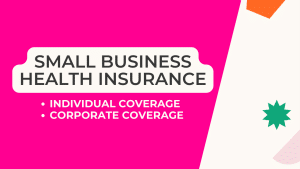In late December, Congress passed a second round of Paycheck Protection Program funding for small businesses. One of the features is a second draw, meaning you can get a second forgivable loan for your business if you meet certain criteria.
First, let’s talk about what first draw and second draw mean. First draw means the first PPP loan you accept. If you applied last year but ultimately decided not to accept the money, you’re still on your first draw. If you accepted a loan between April and August 2020, you’re on your second draw.
The new stimulus bill provides for both first and second draws. If it’s your first time taking a PPP loan, you have these loan criteria:
- In business by February 15, 2020
- In a qualifying industry category, now including churches, radio stations, newspapers, and marketing organizations with limited lobbying
- Fewer than 500 employees per location
- Up to $10 million available based on 2.5x average monthly payroll for a specified period
- Interest rate of 1% and up to 5 years to repay any unforgiven portion
Note, you’ll still need to report affiliation. Meaning, if another company owns you or has invested in more than 2% of your equity, you’ll need to include their employees and some other considerations in your qualifying criteria. Read more on how affiliation works for this program.
If you’ve already been through the first draw, you’ll need to revisit the rules for the second draw. There are qualifying criteria, which I will review below. But the available loan parameters are also different:
- 2.5x average monthly payroll or 3.5x if you’re in a hospitality business (specifically, NAICS codes starting in 72)
- Maximum loan of $2 million
- Same interest rate and repayment terms for any non-forgivable portion
- Still need to use 60% for qualified payroll expenses; the 40% non-payroll now has more qualified uses
For more details, check out the SBA’s Second Draw PPP page.
To qualify for a second draw loan, you’ll need to answer YES to all three of these questions:
#1: Did you use 100% of your first draw (original loan) by December 31, 2020? Or do you have plans to use the full loan?
If you’ve already applied for forgiveness, this should be an easy one for you. If you reported 100% use of the first loan, then you meet this criteria.
If you have some funds remaining from your first draw, consider the new non-payroll qualified expense rules added in December. Make a plan to apply those last funds. Now you’ve met the criteria.
Note, you do NOT need to have applied for forgiveness before you apply. You simply need to have spent all the money, or have a plan to spend all the money. Applying for a second draw loan is not gated by forgiveness.
#2: Do you have 300 or fewer employees?
Not an issue for most of you reading this, but this is down from the 500 employees in the first round. Note that for NAICS Codes starting in 72, this employee count is per location.
#3: Did you have a reduction in revenue / gross receipts of at least 25% in any quarter of 2020?
Let’s break that down a bit. First, we’re looking at topline sales only. On your income statement statements, that might be stated as sales, product sold, gross receipts, or revenue. Make sure you are looking at what you made before any expenses were taken out.
Secondly, quarter over quarter. You’re going to look at January 1 – March 31 2020 versus January 1 – March 31 2019. If your revenue was at least 25% less in 2020 that it was in 2019, write down those two numbers and stop. You’ve said yes to this question.
If it wasn’t, continue to check by quarter for 2019 and 2020, April – June, July – September, and October – December. If any quarter has the answer you’re looking for, you’ve met the criteria. You’ll need to report your revenue for those two quarters and provide the corresponding income statements.
If you’ve now said yes to all three criteria, you can apply for a second draw.
The same rules apply to use – at least 60% for qualified payroll-related expenses. If you’re a solopreneur, the 24-week option allows you to take the entire amount as your compensation.
In more good news, you get a lot more flexibility on how you use the other 40%. In addition to rent, mortgage interest, and utilities, Congress added some helpful use categories like cloud software, vendors, staff PPE, and business modifications like outdoor seating. And if your loan is under $150,000, you will be able to use the simplest forgiveness form. Check out the specifics on the SBA’s second draw page.
When and where do I apply?
This program started January 11 and expires March 31, 2021, or when funds run out.
Second draw loans opened on January 13 exclusively with community lenders. Many of my clients (and I) used CBW Bank in Kansas to rave reviews. Or check out other SBA-approved community lenders near you. These lenders commit to redeploying their fees from this program into their communities and local businesses.
Other commercial lenders are now coming online. If you loved your first draw lender, check with them. Reapplying with a lender that already knows you should simplify the process. Some lenders are only working with existing customers.
If you did not love your first draw lender, you are under no obligation to work with them in this round. You are welcome to make your second draw with a different lender. BlueVine was lightning fast on approvals last year.
Another note, Congress earmarked a pool of funds for businesses with fewer than 10 employees, and another for women and BIPOC-owned businesses. If you fall into either of those categories, make sure you check the optional data boxes for gender identity and ethnicity on the new application.



